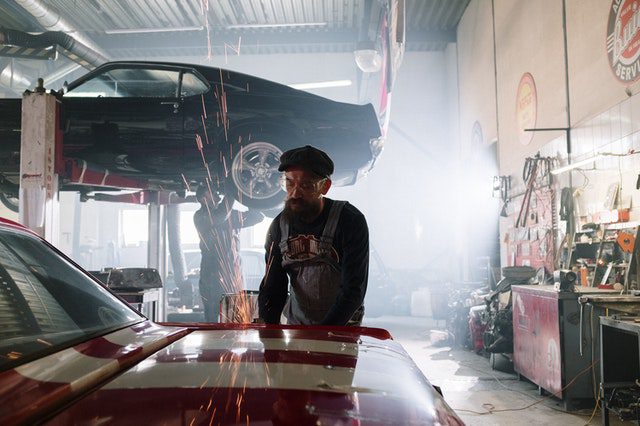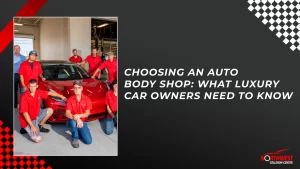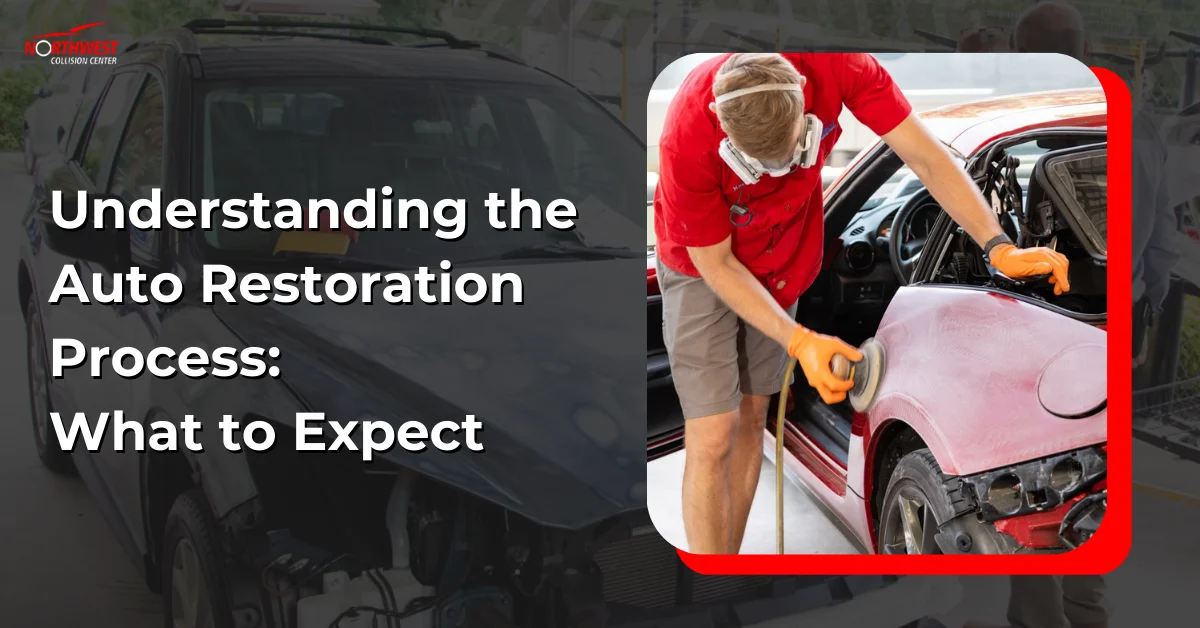There are a number of reasons why a person decides to restore a certain automobile. More often than not it is for sentimental reasons. If you’ve got the money, perhaps it’s not necessarily a bad idea to restore a model that resembles your grandfather’s AMC Gremlin. However, some people restore automobiles for economic reasons as well. If all you want to do is simply restore a car, then pick one that will give you the most bang for your buck.
Consider the following cars you really should restore:
Pontiac GTOs from the years 1971-72 — Most of the earlier Pontiac GTO models are a bit too expensive for the average person to consider. However, these early 70’s models are still fairly yet they will also continue to rise in value like their more expensive counterparts. Except for a few minor changes here and there, these early 70’s GTOs still maintain the aura of the earlier versions and they still have the same speed as well. If they are restored correctly, the owner of one of these beauties can still expect a decent return on their investment in the coming years.
Lincoln Continentals from 1961 to 1966 — There is a fairly large demand for Lincoln Continentals from the early to mid-1960’s. If you decide that this car model is for you it can be somewhat of a challenge in order to find appropriate parts, especially those for the body. There isn’t necessarily a large selection of exterior body parts for a person to find so it will take some persistence. However, mechanical and engine parts for a 60’s model Lincoln Continental are not quite as difficult to find. One caveat if this is your car of choice: many of these models were the same as assembled by hand, so you may want to be fairly knowledgeable and experienced in order to restore one of these early Continentals correctly.
Ford Mustangs from 1964 to 1968 — One of the best projects for the beginner would be that of the Ford Mustang series from the mid-to-late 1960’s. The reason is because literally every part you can think of is available for sale easily either from the internet or a catalog. Moreover, many Mustang enthusiasts’ clubs exist throughout the United States, which could potentially provide support for you during your restoration project.
Conclusion — Of course, this is by no means meant to be an exhaustive list of cars you really should restore. Many other models exist, including cars from the Chevrolet Camaro series, the Dodge Challenger line, Pontiac Grand Prix’s, Cadillacs, Studebakers, Chevrolet Impalas, Plymouth Dusters, and many others as well.










